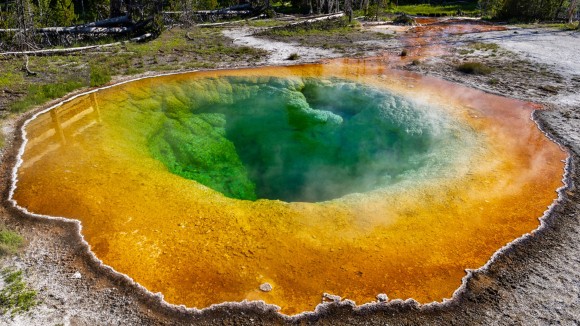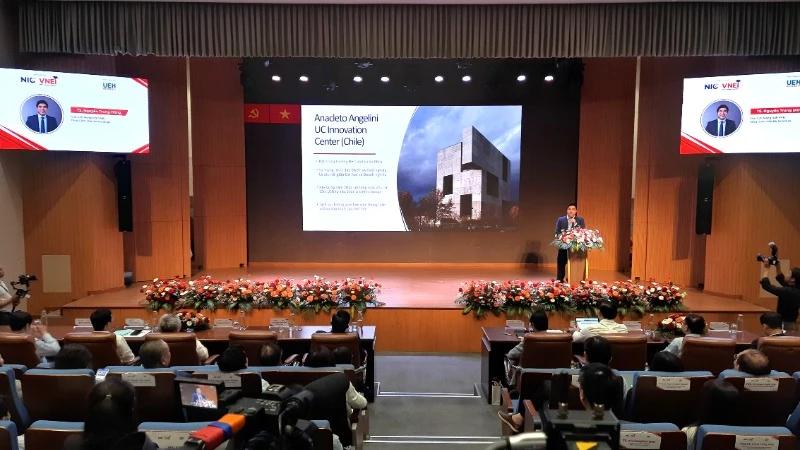(NLDO) - The special abilities of a mysterious life form promise to help humanity in the fight to save the Earth's environment.
A research team led by microbiologist Pok Man Leung from Monash University (Australia) discovered that archaea - the third life form on Earth - created energy in a unique way that was previously believed impossible.

Archaea were once found in boiling water in Yellowstone National Park in the US - Photo: NATURE
Archaea are called the third life form because they are a separate lineage of organisms, evolving on a completely different path from the other two life forms, bacteria and eukaryotes.
Eukaryotes are organisms that possess full-celled, nuclei, including animals and plants on Earth. Of course, we are also eukaryotes.
Meanwhile, archaea are unicellular organisms that lack an internal membrane-bound structure.
Most archaea are known only from genetic fragments found in the extreme environments they exist in, and many have not been cultured in the lab because it is very difficult to do so.
Dr. Leung and colleagues discovered that at least nine archaea phyla produce hydrogen gas using enzymes thought to exist only in the other two life forms.
This hydrogen is their source of life, helping many species of archaea survive in the "dead zone" of the Earth, places that are completely unsuitable for other forms of life.
Archaea have been found in extreme environments such as hot springs, dark underground caves, volcanoes, and deep-sea vents.
“Humans have only recently started thinking about using hydrogen as an energy source, but archaea have been doing it for billions of years,” said Dr Leung.
The new discovery, just presented in a paper published in the journal Cell, is a suggestion for modern biotechnologists: We can apply these strange archaea to produce completely "green" industrial hydrogen.
In addition, the new discovery also helps scientists understand more about the relationship between life forms on early Earth, through the types of enzymes these life forms shared; as well as the similarities and differences in the use of those enzymes after billions of years of evolution.
Source: https://nld.com.vn/dang-song-thu-3-cua-trai-dat-dang-tao-ra-nang-luong-196240614091503992.htm






























![[Photo] "Beauties" participate in the parade rehearsal at Bien Hoa airport](https://vstatic.vietnam.vn/vietnam/resource/IMAGE/2025/4/11/155502af3384431e918de0e2e585d13a)
































































Comment (0)